1. Turning Vacant Lots Into Green Oases
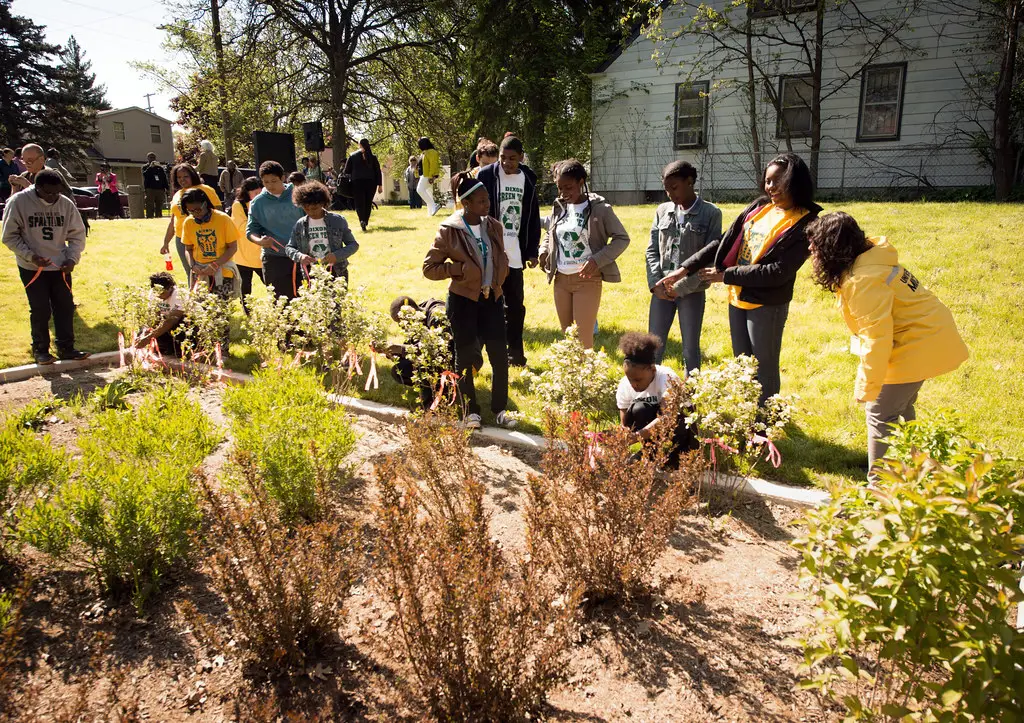
Once considered eyesores, vacant lots in cities are now becoming vibrant green oases through urban gardening initiatives. These spaces are being transformed into community gardens, providing fresh produce and places for social interaction. They also play a significant role in reducing crime rates, as increased community activity deters criminal behavior. In addition, property values tend to rise in neighborhoods with well-maintained green spaces, benefiting residents economically. Community gardens foster stronger neighborhood connections, offering spaces for cultural and educational events.
For example, the success of the New York Restoration Project demonstrates how urban gardening can revitalize underserved areas. These projects also combat urban food deserts by providing residents with access to fresh, nutritious produce. Furthermore, these gardens mitigate air and noise pollution, improving overall quality of life. By converting unused spaces into flourishing gardens, cities promote sustainability, community pride, and healthier living environments.
2. Reducing Urban Heat Islands

Urban gardens are helping cities combat the “urban heat island effect,” where dense urban areas trap excessive heat. Plants and trees in community gardens absorb sunlight and provide much-needed shade, cooling surrounding areas. Rooftop gardens and vertical greenery, such as those promoted by Green Roofs for Healthy Cities, reduce energy consumption in nearby buildings by lowering indoor temperatures. Studies show that green roofs can reduce surface temperatures by up to 40°F, significantly cutting cooling costs during hot summers.
These spaces also contribute to reducing greenhouse gas emissions by decreasing reliance on air conditioning. Additionally, urban greenery helps prevent heat-related illnesses, which disproportionately affect vulnerable populations. Beyond practical benefits, the aesthetic appeal of urban gardens inspires more sustainable urban design. Community gardens create shaded public areas where people can gather, further enhancing social well-being.
3. Improving Air Quality

Urban gardens act as natural air filters, playing a critical role in improving air quality in cities. Plants absorb pollutants such as carbon dioxide, nitrogen dioxide, and particulate matter, while releasing oxygen into the atmosphere. Green spaces near busy roads and industrial areas are particularly effective in reducing smog levels, according to research from the Environmental Protection Agency (EPA).
Cleaner air benefits everyone, especially children, the elderly, and those with respiratory conditions like asthma. Furthermore, trees and plants in urban gardens reduce the urban dust load, improving visibility and overall air cleanliness. Community gardens also encourage alternative transportation methods by providing relaxing stops along walking or cycling routes. By integrating more greenery into cities, urban planners can help mitigate the effects of air pollution while creating healthier environments for all.
4. Boosting Food Security

Urban gardening initiatives are tackling food insecurity by providing fresh, local produce to communities in need. These gardens are especially valuable in food deserts, areas where access to affordable, healthy food is limited. Projects like GrowNYC teach residents how to cultivate their own fruits and vegetables, promoting self-sufficiency and reducing reliance on long supply chains. By growing food locally, these gardens also help reduce the carbon footprint associated with food transportation.
For low-income families, urban gardens offer a reliable source of nutritious meals at little to no cost. Community-supported agriculture programs, often tied to these gardens, connect urban growers directly with consumers. These initiatives empower individuals to make healthier dietary choices while fostering a greater appreciation for sustainable living.
5. Reviving Local Pollinator Populations
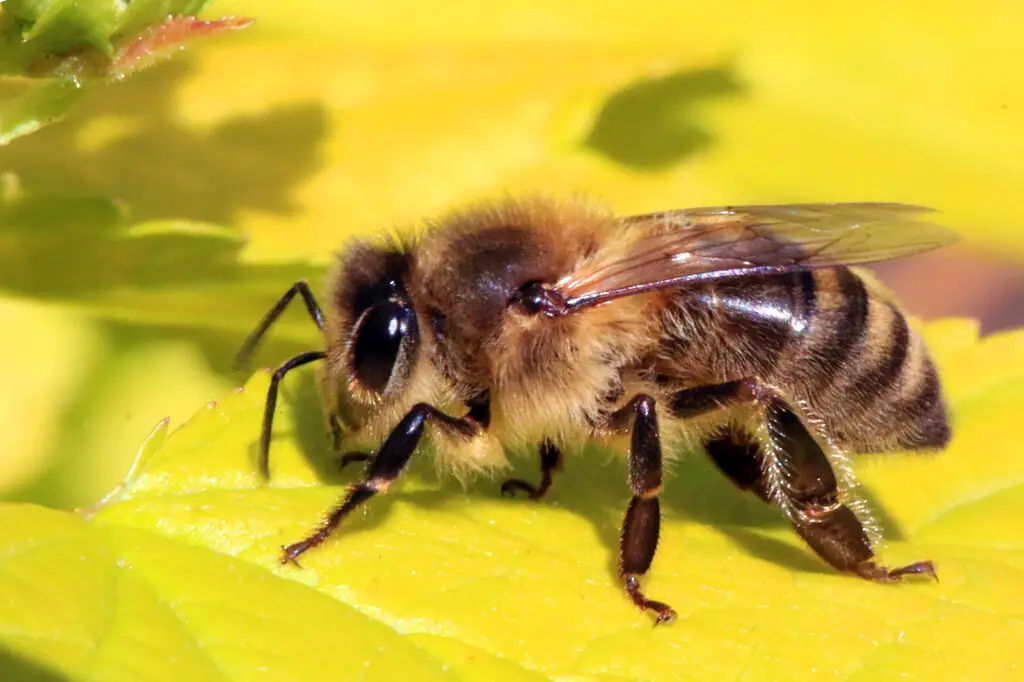
Urban gardens play a crucial role in reviving the populations of essential pollinators such as bees, butterflies, and other insects. These spaces often include native plants that provide food and habitats for pollinators, ensuring their survival. Pollinators are vital for ecosystems, as they facilitate the growth of fruits, vegetables, and flowers. According to the U.S. Department of Agriculture (USDA), over 75% of flowering plants rely on pollinators to reproduce, highlighting their importance for biodiversity.
Urban gardens counteract the habitat loss caused by urbanization, creating safe havens where pollinators can thrive. Initiatives like the Pollinator Partnership encourage cities to integrate pollinator-friendly plants into urban landscapes. As pollinator populations recover, these gardens indirectly boost food production and strengthen local ecosystems. Additionally, observing pollinators in action offers educational opportunities for city dwellers to better understand ecological interdependence.
6. Creating Green Jobs
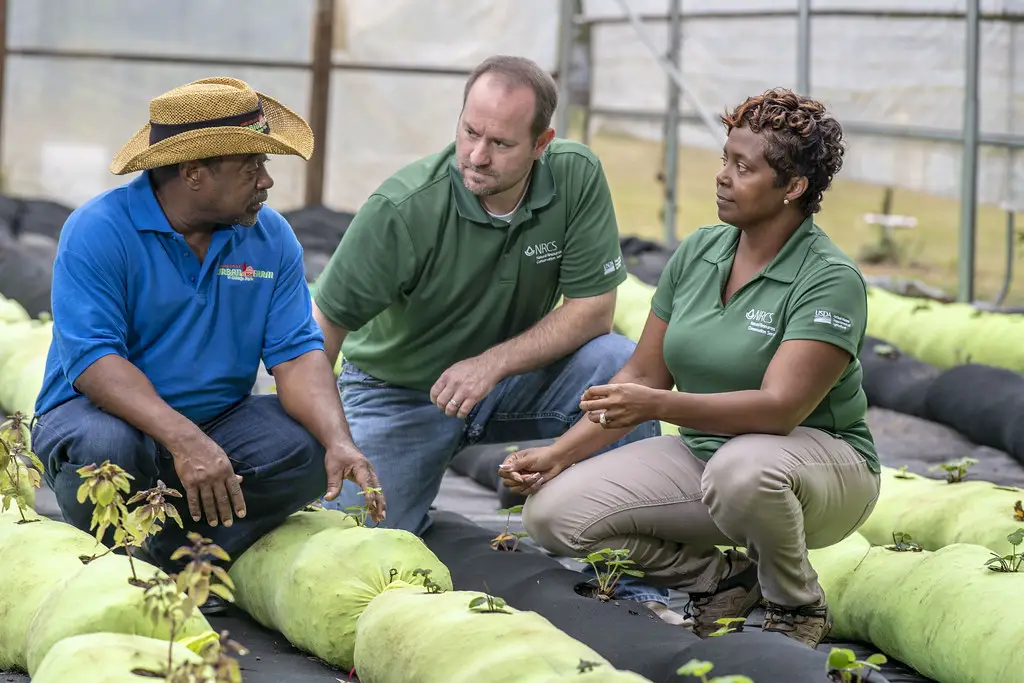
The rise of urban gardening has created a variety of employment opportunities in cities, contributing to local economies. From horticulturists and landscape designers to maintenance crews and educators, the demand for skilled professionals in urban agriculture is growing. Green jobs are also highly diverse, ranging from rooftop garden installations to the management of large-scale community plots.
According to the World Economic Forum (WEF), sustainable urban initiatives are expected to generate millions of green jobs globally in the coming decades. Programs like Green City Force in New York train young adults for careers in urban farming, providing them with valuable skills and employment opportunities. Beyond direct employment, urban gardens stimulate local economies by attracting visitors and boosting nearby businesses. These jobs also promote eco-friendly practices, ensuring cities move toward a more sustainable future.
7. Enhancing Mental Health

Urban gardening offers significant mental health benefits, providing city dwellers with opportunities to connect with nature and reduce stress. Studies, such as those cited by Harvard Health Publishing, have shown that spending time in green spaces can lower cortisol levels and improve overall well-being. Community gardens serve as peaceful sanctuaries where people can escape the noise and fast pace of urban life.
The hands-on nature of gardening has therapeutic effects, helping individuals focus, relax, and practice mindfulness. Additionally, these spaces foster social connections, reducing feelings of isolation and loneliness in densely populated areas. Gardening programs tailored for mental health, such as horticultural therapy, are becoming increasingly popular in urban areas. These activities can also enhance self-esteem and provide a sense of accomplishment.
8. Reclaiming Rainwater
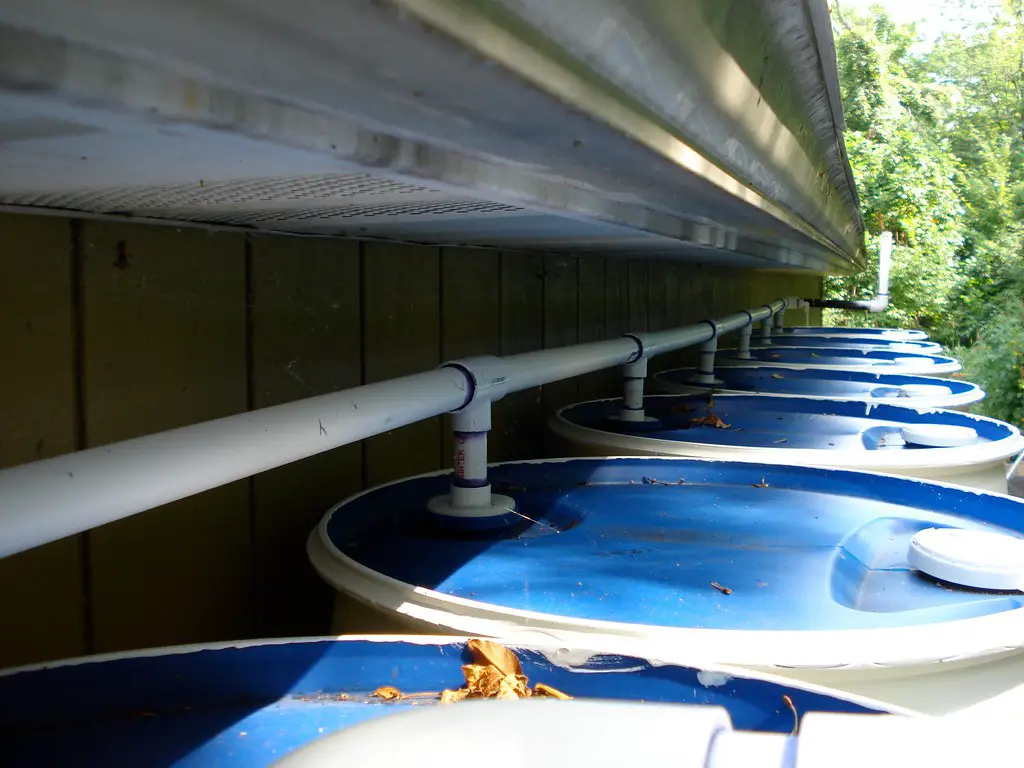
Urban gardens are an innovative solution for reclaiming rainwater and reducing the strain on city drainage systems. Many incorporate rainwater harvesting systems that collect and store water for irrigation, ensuring gardens thrive even in dry periods. This practice helps mitigate the risk of flooding during heavy rains, especially in cities with aging infrastructure.
According to National Geographic, rainwater harvesting reduces urban runoff, which often carries pollutants into local waterways. Gardens designed with permeable surfaces and bioswales also allow rainwater to seep naturally into the ground, replenishing aquifers. These sustainable water practices ensure that urban gardens remain eco-friendly and resource-efficient.
9. Inspiring Eco-Education
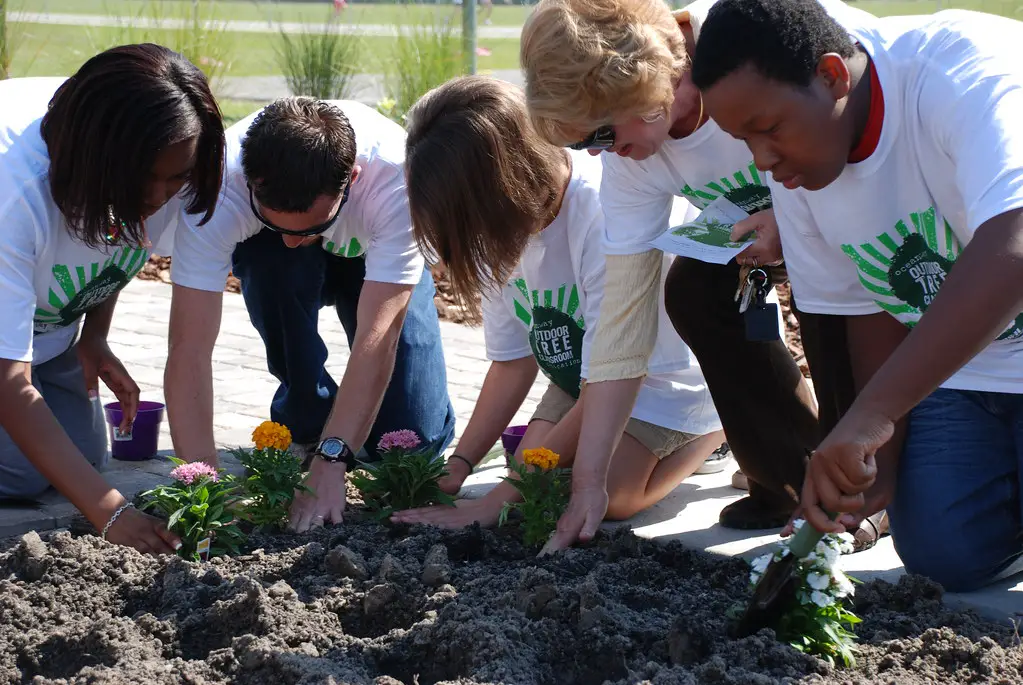
Urban gardens are transforming into living classrooms, teaching people of all ages about sustainability and environmental stewardship. Schools and public spaces use gardens to educate children about composting, recycling, and growing their own food. Programs like those offered by Edible Schoolyard Project empower young learners to adopt greener lifestyles while understanding where their food comes from.
Adults also benefit from workshops and community-led initiatives focused on sustainable gardening practices. These hands-on experiences inspire individuals to make environmentally conscious choices in their daily lives. Moreover, eco-education through urban gardening promotes community engagement and fosters a shared sense of responsibility for the environment.
10. Revitalizing Urban Architecture
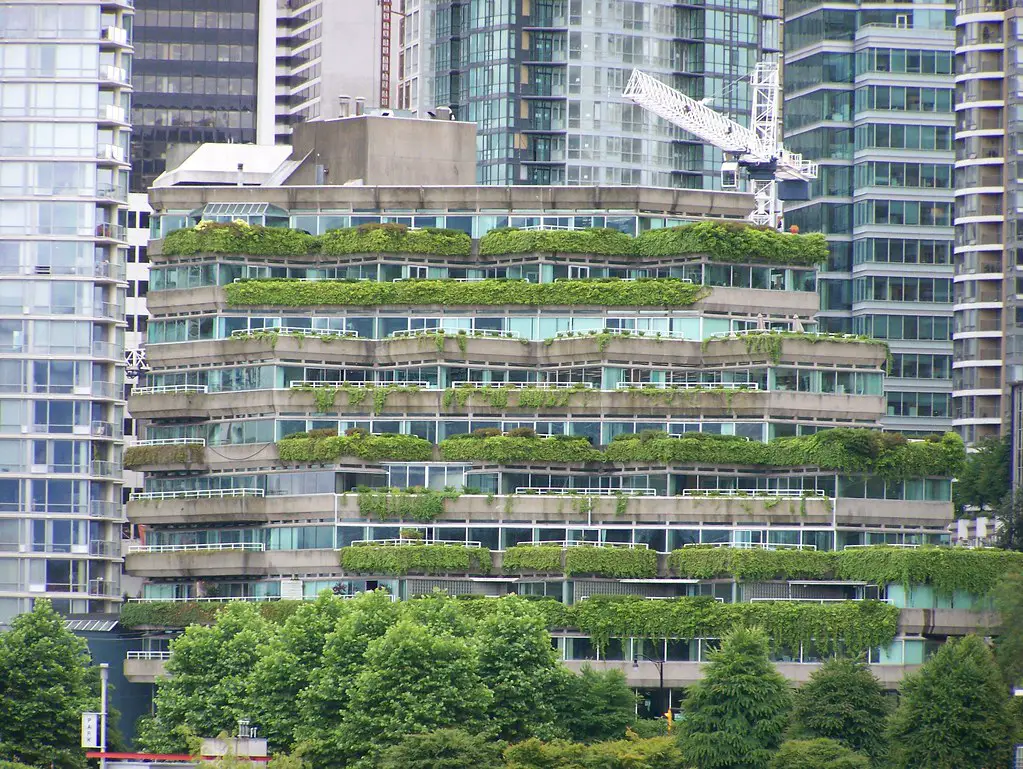
Urban gardens are revolutionizing cityscapes with innovative green roofs and vertical gardens that blend functionality with aesthetics. These installations insulate buildings, reducing energy consumption and lowering carbon footprints. According to the Urban Land Institute, green roofs can reduce indoor temperatures by up to 6°F, cutting heating and cooling costs significantly.
Beyond their environmental benefits, these features enhance the visual appeal of urban areas, inspiring innovative urban planning. Vertical gardens, like those seen on the Bosco Verticale in Milan, demonstrate how cities can integrate greenery into architecture creatively.
11. Fostering Community Pride
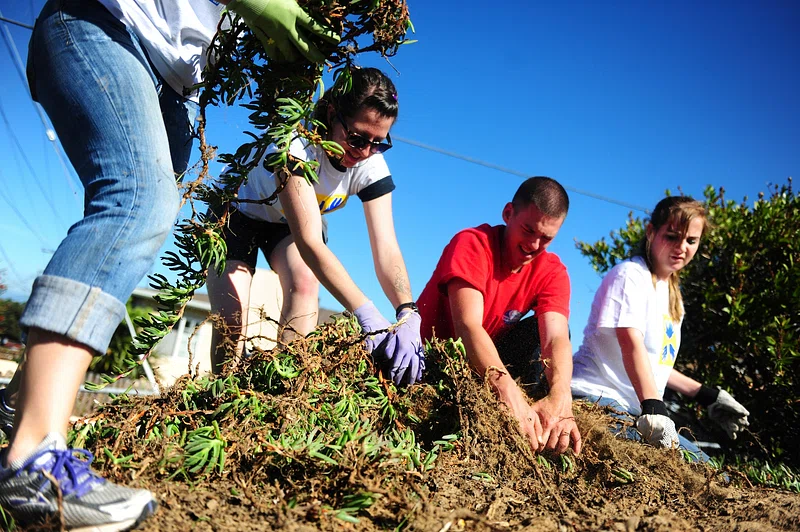
Community gardens are powerful tools for fostering pride and cohesion among residents. Shared gardening projects bring neighbors together, encouraging collaboration and strengthening social ties. These spaces often become hubs for cultural exchange, where people from diverse backgrounds share stories, skills, and traditions.
According to American Community Gardening Association (ACGA), communities with thriving gardens report higher levels of engagement and trust among residents. The sense of ownership and accomplishment that comes from nurturing a shared space boosts morale and creates lasting bonds.
12. Encouraging Biodiversity
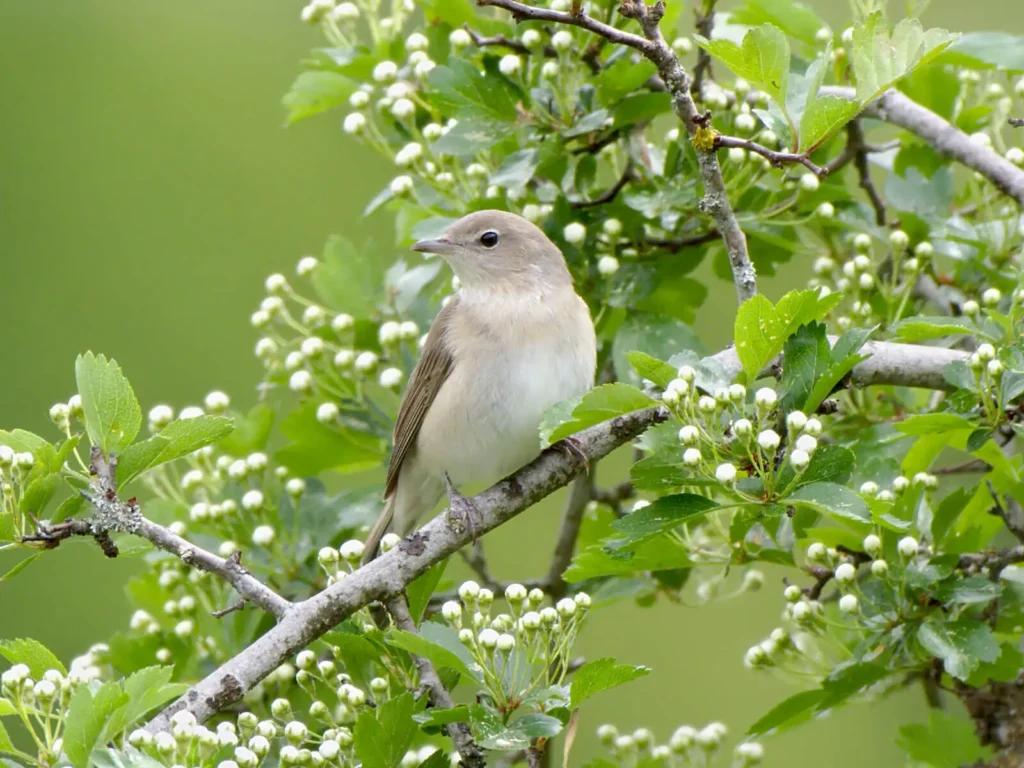
Urban gardens act as vital ecosystems within city environments, supporting a diverse range of plants, animals, and insects. Incorporating native plant species into these spaces helps attract and sustain wildlife, from birds to small mammals. According to National Wildlife Federation (NWF), urban gardens play a key role in counteracting biodiversity loss caused by urban development. These gardens provide crucial habitats for species that might otherwise struggle to survive in highly urbanized areas. By including a variety of plants, urban gardeners can create microhabitats that support species at multiple levels of the food chain.
For example, flowering plants attract pollinators, which in turn provide food for birds and other predators. Additionally, these spaces can serve as migration waypoints for birds and insects traveling long distances, ensuring their survival during critical journeys. The presence of biodiversity in urban areas also improves ecosystem resilience, helping cities adapt to environmental changes and challenges. Urban biodiversity initiatives, such as the “Million Pollinator Garden Challenge,” demonstrate how collective efforts can significantly enhance ecological balance within cities.
